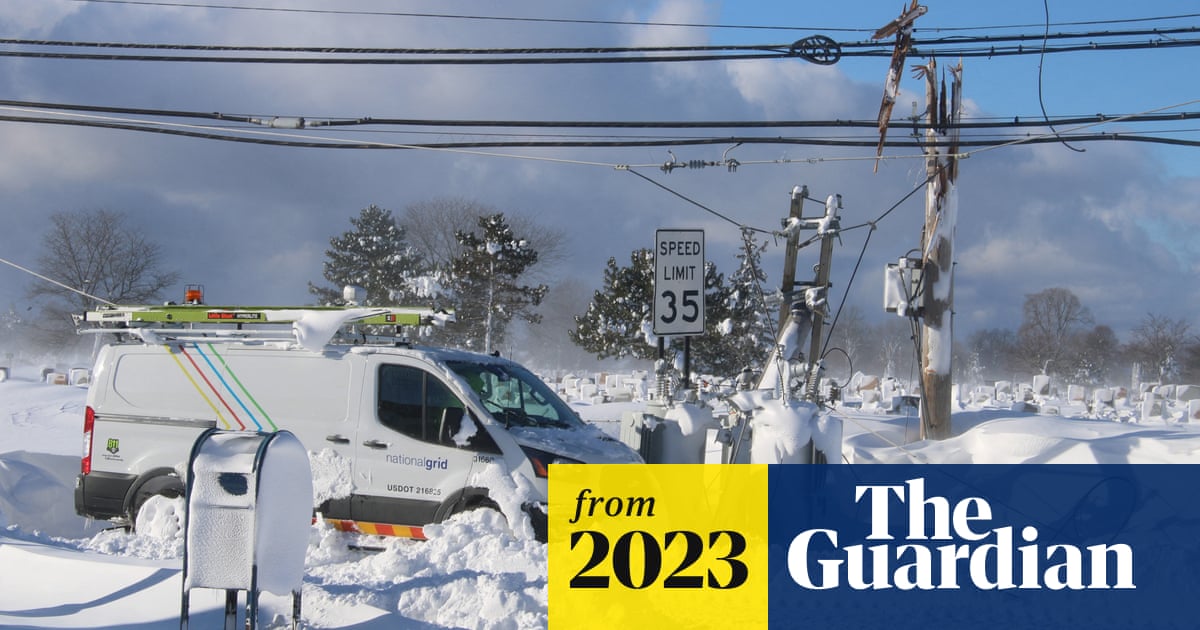Electric utilities spent billions after 2014’s polar vortex to ensure power plants and the grid could handle extreme cold, but this winter it still wasn’t enough

www.theguardian.com
Clean energy advocates and grid experts argue the December weather proved the growing number of natural gas plants, which now supply more than one-third of the nation’s electricity, are not the right choice to deal with extreme weather and are delaying a move to less climate-polluting alternatives. Despite that, Duke, Southern Company, TVA and others are looking past that argument and building more gas plants anyway. “They don’t seem to see the writing on the wall that gas is not this [dependable], reliable resource,” said Maggie Shober, research director at the Southern Alliance for Clean Energy.









